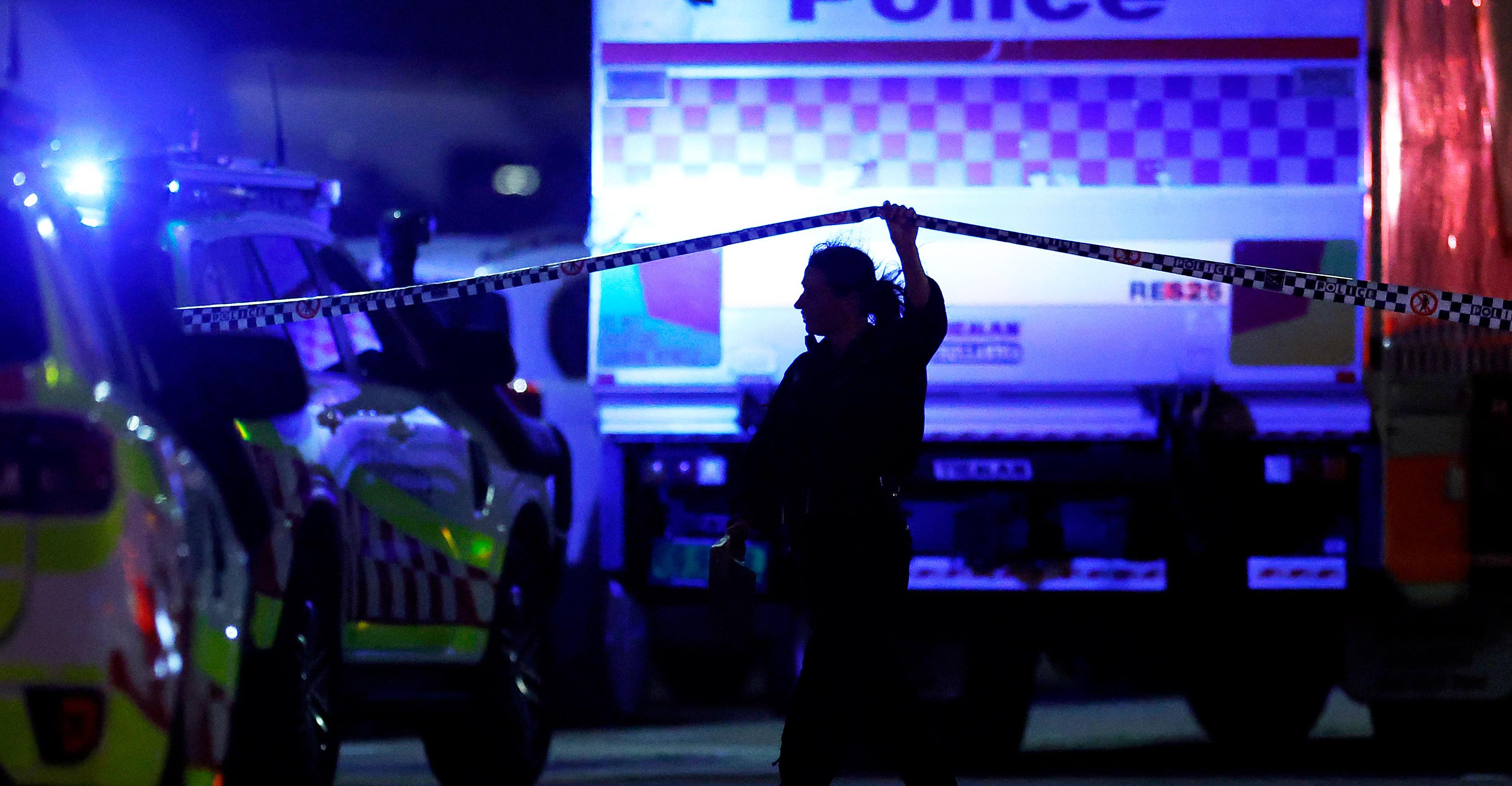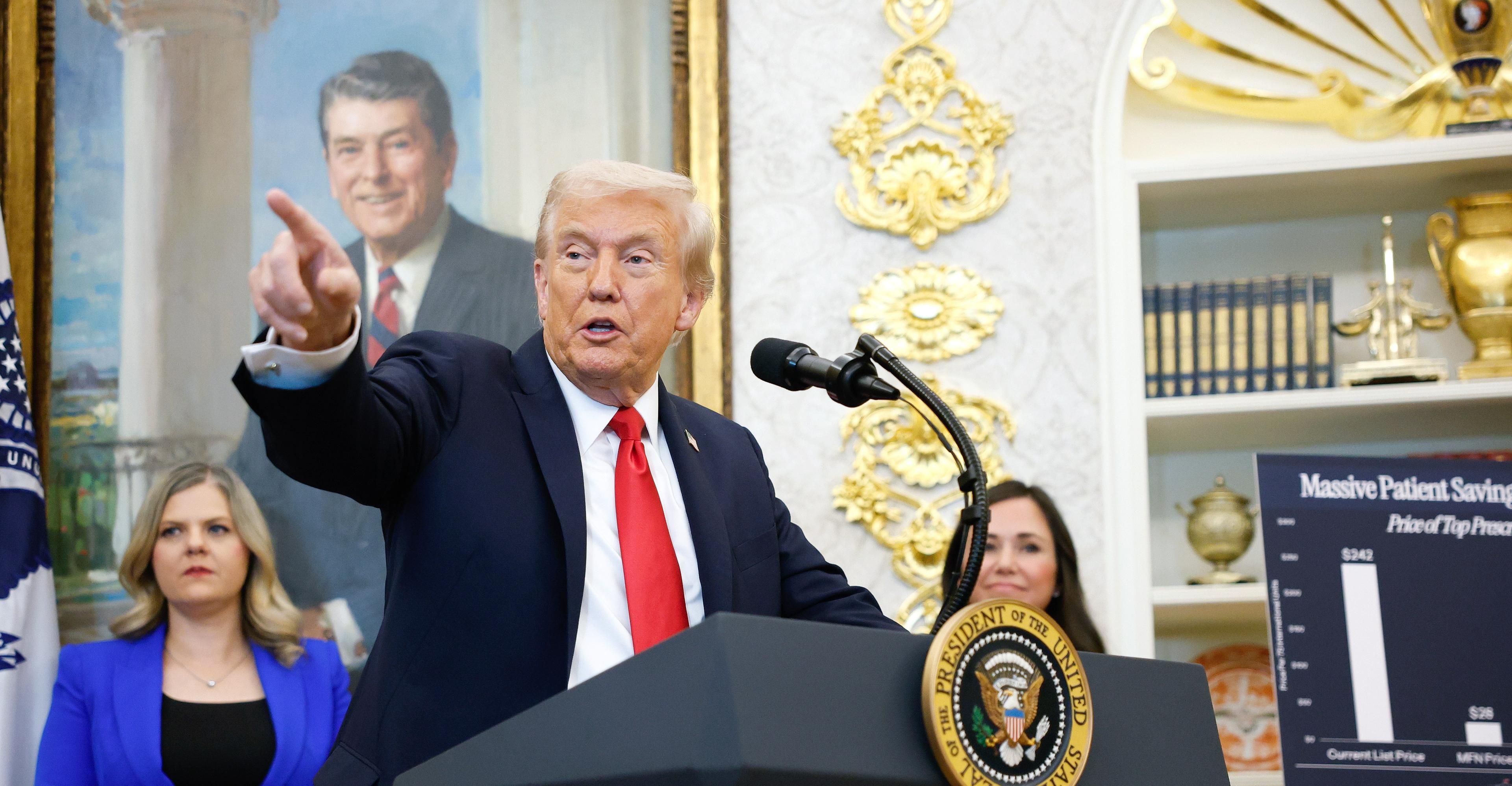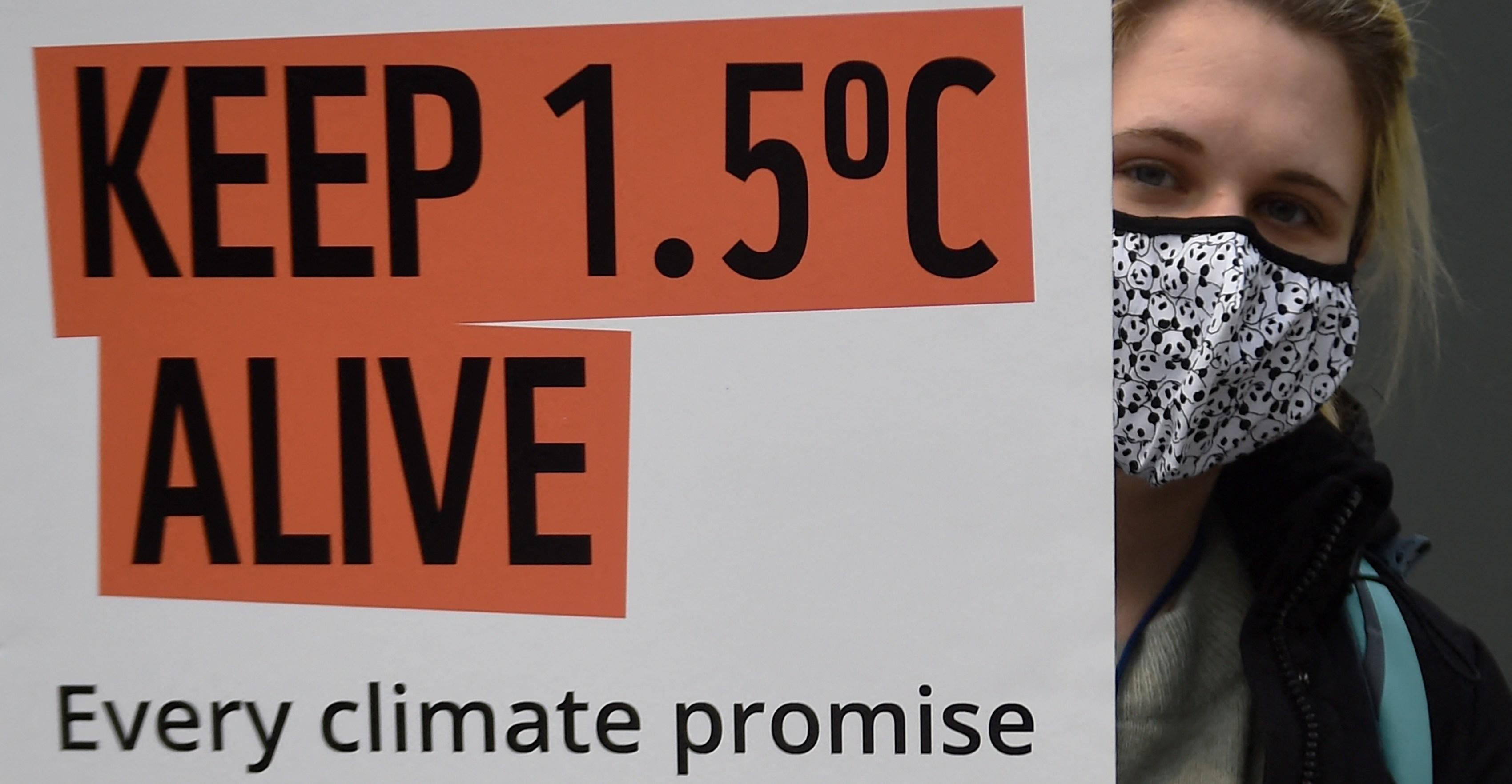The Oscar-winning film premiered in Japan this past weekend, prompting mixed reviews including questions about why Hiroshima and Nagasaki perspectives weren’t included.


Oppenheimer’s premiere in Japan this past weekend has renewed scrutiny of how the film depicted the devastating bombings that killed more than 200,000 people during World War II.
The Oscar-winning film centers heavily on J. Robert Oppenheimer and follows the physicist’s journey in developing the atomic bomb for the United States. It does not directly show the fallout of the bombs in Hiroshima and Nagasaki, and it also does not feature any Japanese perspectives in the form of major characters or testimonials.
While some Japanese viewers noted that the film is from Oppenheimer’s point of view and that the lack of these voices is in line with that, others argued that its focus on his perspective helped glorify his actions and downplay their consequences.
“From Hiroshima’s standpoint, the horror of nuclear weapons was not sufficiently depicted,” former Hiroshima Mayor Takashi Hiraoka said during a premiere event for the film.
These reactions echoed similar pushback the film received in the US — reinvigorating questions about whose stories get told, and whether the ones that Hollywood chooses to focus on offer a limited understanding of the world and gloss over major harms.
Japanese viewers questioned Oppenheimer’s framing
Last year, Oppenheimer’s release coincided with that of the summer’s other big blockbuster — Barbie — timing that prompted a wave of memes and articles about a “Barbenheimer’’ double feature. “Barbenheimer,” however, inspired posts — like that of a mushroom cloud replacing Barbie’s hair — which were heavily criticized in Japan for failing to recognize the impact of the atomic bombs. Warner Brothers, the company distributing the film, eventually apologized for official tweets that had responded to these memes.
In the wake of this controversy — as well as concerns about the sensitivity of the film — the Japanese release of Oppenheimer was delayed. Such timing isn’t uncommon for foreign films, though the movie screened earlier for audiences in other Asian countries in the region including China and Korea.
On Friday, the film premiered with content warnings for viewers, which noted that it could spur recollections about the damage and trauma the bombs caused in Hiroshima and Nagasaki in 1945. Those bombs killed an estimated 140,000 people in Hiroshima and 74,000 in Nagasaki, maimed and wounded tens of thousands of others, and caused higher rates of cancer survivors.
According to several news reports, the Barbenheimer controversy and the nature of the film’s subject matter have added attention to its release in Japan. Hiraoka, the former mayor of Hiroshima, is among those who have commented on the film, along with multiple surviving victims of the atomic bombs, known as “hibakusha.” “Is this really a movie that people in Hiroshima can bear to watch?” Kyoko Heya, the head of Hiroshima’s international film festival, previously asked. According to Variety, the film placed third at the box office in its opening weekend.
Some Japanese people who saw the film questioned both the lack of Japanese perspectives as well as the tone of the movie, which they saw as lauding both Oppenheimer and his work on the Manhattan Project.
“The sense of excitement among people celebrating the experiment and the dropping of the atomic bomb. I felt incredibly disgusted,” Erika Abiko, an anti-nuclear activist, told the BBC.
“Of course this is an amazing film which deserves to win the Academy Awards,” Kawai, another viewer in Hiroshima, told Reuters. “But the film also depicts the atomic bomb in a way that seems to praise it, and, as a person with roots in Hiroshima, I found it difficult to watch.”
In August 1945, Oppenheimer's nuclear bomb killed an estimated 140,000 people in Hiroshima and at least 74,000 people in Nagasaki. Today, the biopic about Oppenheimer's life was released in Japan. #Hiroshima #Nagasaki #Oppenheimer #Japan #NuclearBomb #History #HistoryTok #Cinema #CinemaTok #Films #Movies #BBCNews
♬ original sound - BBC News - BBC NewsDirector Christopher Nolan has responded to such critiques in the past, noting that the film is intended to capture Oppenheimer’s perspective, so it doesn’t go beyond that. “To depart from [his experience] would betray the terms of the storytelling,” Nolan has said. “He learned about the bombings of Hiroshima and Nagasaki on the radio — the same as the rest of the world.”
Certain Japanese moviegoers agreed with this sentiment, stating that the film’s emphasis on Oppenheimer and exclusion of other experiences made sense. Others noted that it still served as an important cautionary tale despite failing to fully capture what took place in Hiroshima and Nagasaki.
“This was really a film about Oppenheimer the man, and the way he wrestled with his conscience, so in that sense, I think it was right not to broaden it out too much to show the aftermath,” Mei Kawashima, a Hiroshima resident, told the Guardian.
Broadly, though, many Japanese viewers expressed discomfort with Oppenheimer’s storytelling and felt the portrayal was incomplete. “The film was only about the side that dropped the A-bomb,” Tsuyuko Iwanai, a Nagasaki resident, told NPR. “I wish they had included the side it was dropped on.”
These reactions build on a conversation about missing voices
At its core, the Oppenheimer discourse is about which characters get humanized in major films — and who gets to narrate these stories.
“I was uncomfy watching yet another movie about tortured white male genius when the victims of the atrocities glossed over by the script — Japanese people, interned Japanese Americans, and Native Americans — had no voice,” Li Lai, a Taiwanese American media critic, wrote last July.
The exclusion of Japanese people in the film has been a major point of contention, as has the erasure of stories of Native Americans and Hispanic Americans who lived near New Mexico sites where significant bomb testing took place.
Both Native and Hispanic communities in the region were displaced by the construction of Los Alamos, and residents who lived close to test sites have experienced disproportionately high rates of cancer and infant deaths in the decades since.
By leaving these voices out of the movie, critics say Oppenheimer fails to fully grapple with the impact of the titular character’s actions — and the violence that followed.
The film’s premiere in Japan has forced a confrontation of some of these concerns. There’s been debate, too, about whether Oppenheimer could have shown more of the trauma from the bombings, or if that approach would have been harmful and effectively gawking at the suffering.
Naoko Wake, a Michigan State University historian who has interviewed survivors of the bombings, notes that thoughtfully including such images could be vital for awareness when there has been so little understanding of Japanese civilians’ perspective.
“I ask my students every time I teach this subject, ‘Have you ever been exposed to any of the images outside of the mushroom clouds?’ They say that they have never seen images from ground zero or any effects of radiation exposure,” Wake told Vox. She points to a scene of Oppenheimer turning away from photos he’s being shown from the bombings as a potential moment in which the film could have allowed viewers to bear witness as well.
Beyond videos or photos of the violence, no Japanese characters were included to express or convey the effects of these weapons, either. It’s possible to envision a scene of a radio broadcast featuring interviews with Japanese people describing their experience with the horrors of the bombs, for example.
Notably, this pushback matters because it raises questions about whose perspective gets to be the definitive one in storytelling — including on such high-profile platforms.
“Hollywood is a powerful tool for white perspectives,” Ponipate Rokolekutu, a professor of race and resistance studies at San Francisco State University, told KQED. “They don’t want other histories to be known.”
Harrison Ford to get lifetime acting award
- 15 گھنٹے قبل

Climate change is rewriting polar bear DNA
- 5 گھنٹے قبل

Arcade1Up isn’t dead, maybe
- 7 گھنٹے قبل
Heat F Jovic's MRI clean after hard fall; day-to-day
- 6 گھنٹے قبل

Trump’s attack on trans health care, briefly explained
- 5 گھنٹے قبل
Silver: NBA to explore relief for Heat over Rozier
- 6 گھنٹے قبل
More than 42mn children administered polio vaccination during final polio drive in Pakistan
- 19 گھنٹے قبل

Sony’s XM5 over-ear headphones are cheaper than ever — and they come with free wireless earbuds
- 7 گھنٹے قبل
Is eliminated Chiefs' Super Bowl window closing -- and what changes are ahead?
- 6 گھنٹے قبل

One of Trump’s grudges now threatens America’s weather forecasts
- 5 گھنٹے قبل
Water aggression against Pakistan: India curtails Jhelum flows after Chenab
- 15 گھنٹے قبل

9 actually good things that happened to animals this year
- 5 گھنٹے قبل









